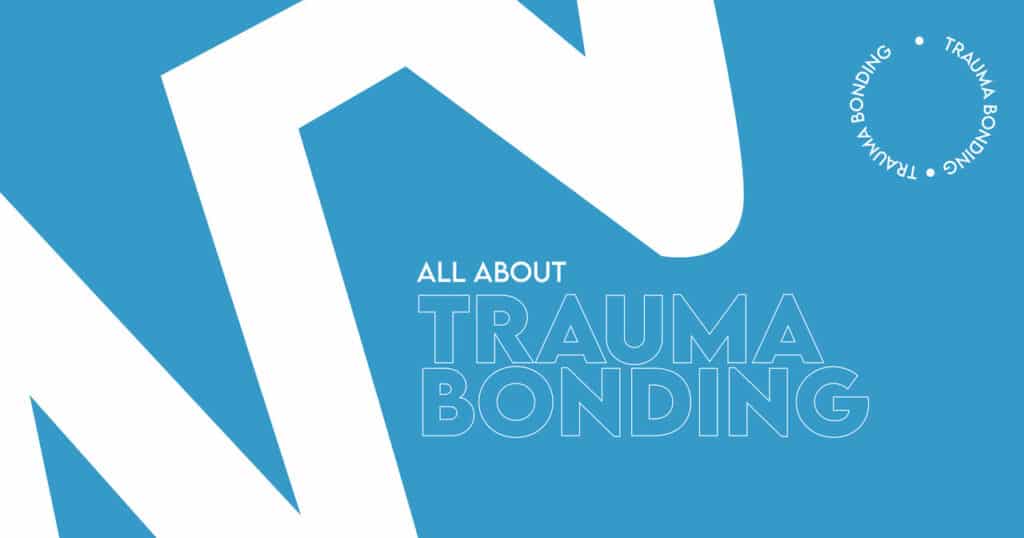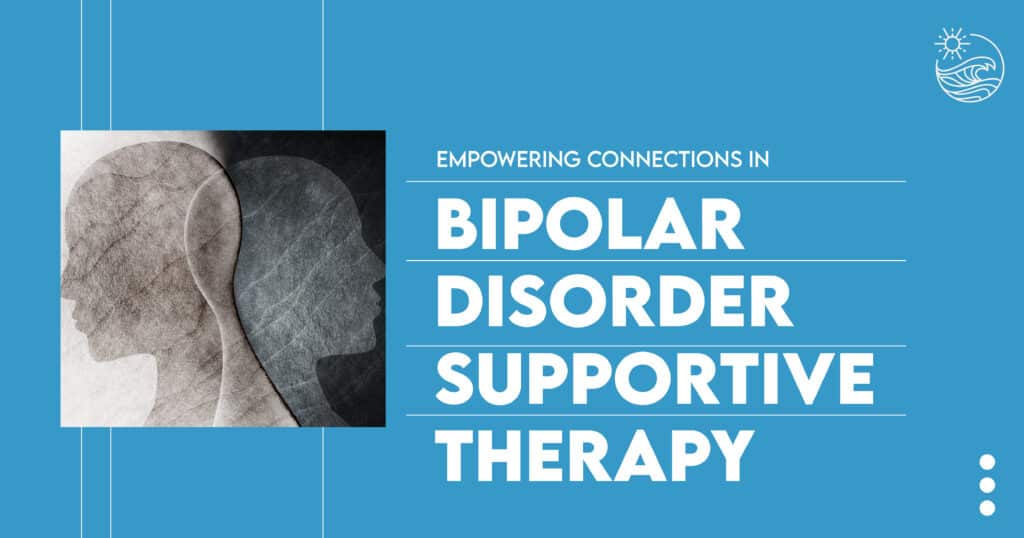Trauma bonding is a complex and often misunderstood phenomenon that occurs in abusive relationships. It involves the formation of an emotional bond between the abuser and the victim, making it challenging for the victim to leave the abusive situation. This article delves into the intricacies of trauma bonding, its signs, causes, and how to break free from its grip.
What is Trauma Bonding?
Trauma bonding is the emotional attachment that develops between a victim and their abuser, characterized by cycles of abuse followed by positive reinforcement from the abuser. This creates a powerful and often confusing connection that can trap the victim in an abusive relationship.
The Cycle of Abuse
The cycle of abuse is a repetitive pattern that includes periods of tension building, an abusive incident, reconciliation or honeymoon phase, and calm. During the reconciliation phase, the abuser often expresses remorse and affection, reinforcing the bond with the victim and making it difficult for them to leave.
Common Scenarios of Trauma Bonding
Trauma bonding can occur in various abusive situations, including:
- Domestic violence
- Incest
- Kidnapping
- Sexual abuse
- Cults
- Elder abuse
- Human trafficking
Signs of Trauma Bonding
Recognizing trauma bonding is crucial for breaking free from its cycle. Some common signs include:
Justification of Abuser’s Actions
Victims often justify or rationalize the abuser’s behavior, believing that the abuse is their fault or that the abuser didn’t mean to harm them.
Emotional Dependence
Victims may feel an intense emotional dependence on the abuser, often mistaking this for love or loyalty.
Denial of Abuse
Victims might downplay or deny the severity of the abuse, focusing instead on the positive aspects of the relationship.
Difficulty Leaving
Despite the pain and harm caused by the abuser, victims find it extremely challenging to leave the relationship due to the emotional attachment.
Causes of Trauma Bonding
Several factors contribute to the development of trauma bonding:
Psychological Mechanisms
The intermittent reinforcement of affection and abuse creates a powerful psychological bond. The victim becomes trapped in a cycle of hoping for the positive behaviors to return and fearing the negative ones.
Attachment Insecurity
Individuals with insecure attachment styles or those who experienced childhood maltreatment are more susceptible to trauma bonding.
Social and Emotional Isolation
Abusers often isolate their victims from family and friends, increasing the victim’s reliance on the abuser for emotional support.
Impact of Trauma Bonding
The effects of trauma bonding can be long-lasting and severe, impacting various aspects of the victim’s life:
Mental Health
Victims of trauma bonding often suffer from depression, anxiety, and low self-esteem. The emotional turmoil can persist even after the relationship ends.
Relationship Difficulties
Trauma bonding can affect future relationships, making it hard for victims to trust others or establish healthy boundaries.
Intergenerational Cycle of Abuse
Children who witness or experience trauma bonding may be more likely to enter into abusive relationships themselves, perpetuating a cycle of abuse.
How to Break a Trauma Bond
Breaking free from a trauma bond is challenging but possible. Here are some steps to help:
Acknowledge the Bond
The first step is to recognize and acknowledge the existence of the trauma bond. Understanding that the emotional attachment is based on a cycle of abuse is crucial for moving forward.
Seek Professional Help
Therapy can be instrumental in helping victims process their experiences and develop strategies to break free from the trauma bond. Therapists can provide a safe space to explore emotions and build resilience.
Develop a Safety Plan
If you are still in an abusive situation, creating a safety plan is essential. This involves identifying a safe place to go, keeping important documents accessible, and having a trusted person to contact in an emergency.
Limit Contact with the Abuser
Cutting off contact with the abuser is a critical step. This may involve changing phone numbers, blocking the abuser on social media, and seeking legal protection if necessary.
Build a Support Network
Surrounding oneself with supportive friends and family can provide the emotional backing needed to stay away from the abuser. Support groups for abuse survivors can also be valuable.
Focus on Self-Care
Engaging in activities that promote self-esteem and emotional well-being is crucial. Hobbies, exercise, and self-care routines can help rebuild a sense of identity and strength.
Conclusion
Trauma bonding is a profound and complex issue that traps many in abusive relationships. Understanding the mechanisms behind trauma bonding, recognizing the signs, and taking deliberate steps to break free is essential for healing and moving forward.
If you or someone you know is experiencing trauma, bonding, seeking professional help, and building a solid support network are vital steps toward recovery.








